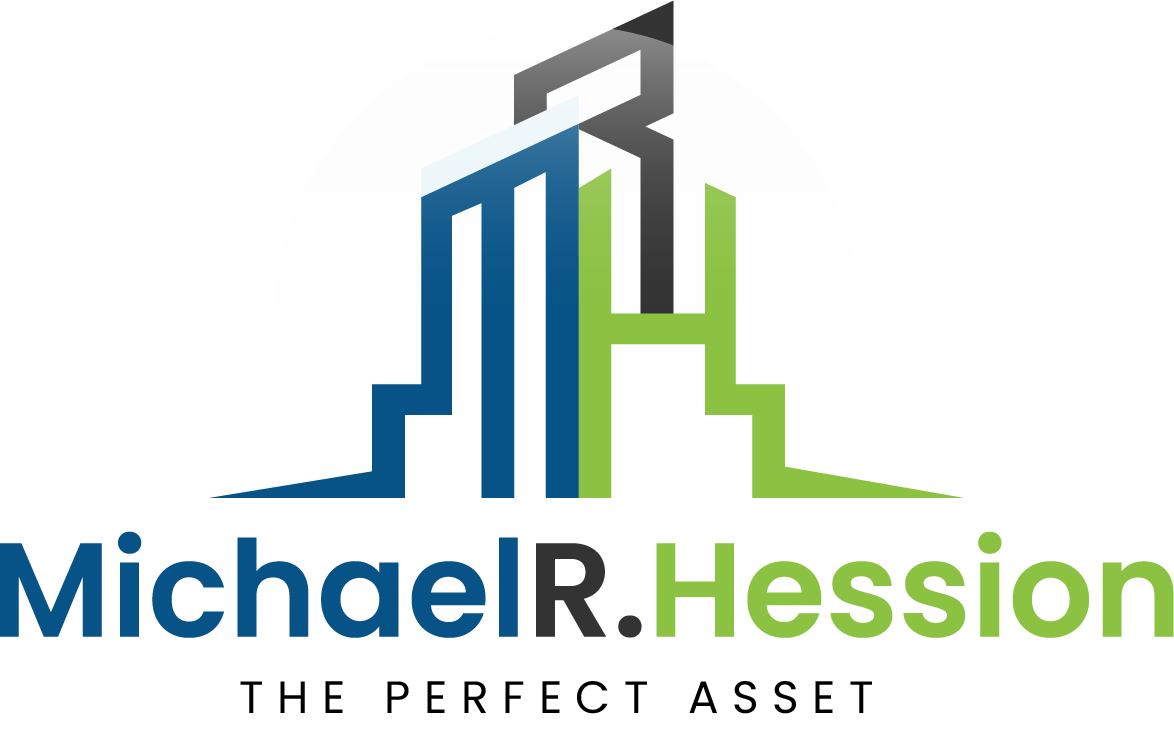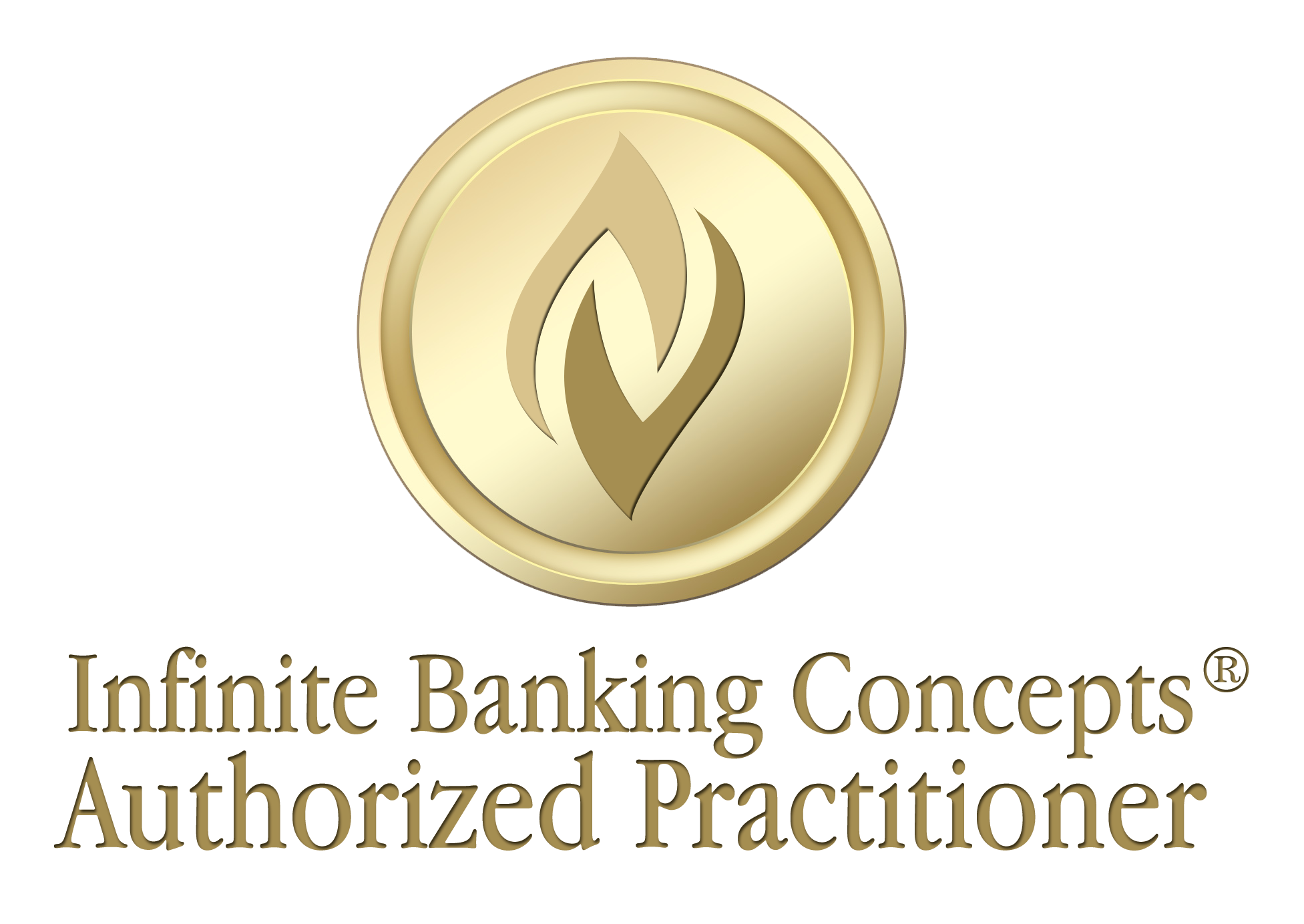
Banks make billions from a simple truth most people overlook: they profit from your money while you wait for permission to use it. Every time you borrow capital, the financial institution collects interest. Every time you deposit funds, they leverage your money for their gain.
We’ve been conditioned to accept this arrangement as the only option.
But what if there was a way to redirect those profits back into your own financial ecosystem? What if you could become your own banker?
This isn’t a theoretical question. It’s the foundation of what financial strategists call The Infinite Banking Strategy – a method that allows individuals to create their own banking systems using specially structured whole life insurance policies.
Beyond Traditional Banking
Traditional banking operates on a simple model: they borrow from depositors at low rates and lend at higher rates, pocketing the difference. Your role in this system is primarily as a funding source for their profit machine.
The Infinite Banking Strategy flips this arrangement by leveraging properly structured whole life insurance policies to create a personal financing system that operates outside traditional banking institutions.
At its core, this approach recognizes a fundamental truth: whoever controls the banking function in your life controls your financial future.
How Infinite Banking Actually Works
The mechanics of Infinite Banking revolve around a specially designed whole life insurance policy with specific characteristics:
First, it must be a dividend-paying whole life policy from a mutual insurance company. These companies are owned by policyholders rather than shareholders, meaning profits return to policy owners as dividends.
Second, the policy must be structured to maximize cash value growth through paid-up additions riders and other strategic design elements.
Once established, your policy builds cash value that you can access through policy loans. This is where the magic happens.
When you take a policy loan, you’re not actually withdrawing your cash value. You’re borrowing against it using the policy as collateral. This distinction is crucial because it means your entire cash value continues earning interest and dividends even on the borrowed portion.
This creates the “money in two places at once” advantage that traditional banking simply cannot offer.
The Strategic Advantages
Why would someone choose this approach over conventional banking? Several key benefits make it worth considering:
Uninterrupted Compound Growth. When you withdraw money from a savings account, those funds stop earning interest. With a properly structured policy, your entire cash value continues growing even while you’re using the capital elsewhere.
Flexible Loan Terms. You determine your own repayment schedule. There are no mandatory payment deadlines, no credit checks, and no application processes. You control the terms.
Tax Advantages. Cash value grows tax-deferred, policy loans are tax-free, and death benefits transfer to heirs income-tax-free. This creates significant long-term wealth-building potential.
Privacy and Control. Your banking activities remain private, without reporting to credit bureaus or financial institutions. You maintain complete control over your capital.
Guaranteed Growth. Unlike market-based investments, properly structured whole life policies offer guaranteed cash value growth plus potential dividends. Many top companies have maintained dividend payments for over 100 years, even through economic crises.
Real-World Applications
The Infinite Banking Strategy isn’t merely theoretical. It has practical applications across various financial needs:
Major Purchases. Instead of financing through traditional lenders, policy owners can borrow against their cash value to purchase vehicles, fund home renovations, or cover major expenses.
Business Financing. Entrepreneurs can access capital for business expansion, inventory purchases, or equipment acquisition without dealing with bank approval processes.
Real Estate Investments. Investors can quickly access funds for property down payments or renovations, then use rental income to repay policy loans, creating a powerful wealth-building cycle.
Education Funding. Policy loans can cover education expenses while maintaining the growth of your cash value, unlike 529 plans that must be spent on qualified expenses.
Debt Consolidation. High-interest debt can be paid off using policy loans at lower effective rates, especially considering the growth your cash value continues to earn.
Implementation Considerations
Implementing an effective Infinite Banking Strategy requires careful planning and proper policy design. Several key factors determine success:
Policy Structure. A properly designed policy is essential. When structured with paid-up additions riders, a whole life policy designed for Infinite Banking should provide 80-90% of premium as immediate cash value, drastically reducing the traditionally slow growth period associated with conventional policies.
Insurance Company Selection. Not all insurance companies are created equal for this strategy. Look for mutual companies with strong dividend histories, favorable policy loan provisions, and financial stability ratings of A or better.
Capitalization Strategy. The policy must be properly funded to maximize cash value growth. This typically means paying more than the base premium through paid-up additions.
Loan Management Discipline. The strategy requires disciplined loan repayment practices. While repayment terms are flexible, failing to repay loans can erode policy performance over time.
Long-Term Perspective. This is not a get-rich-quick scheme. The power of Infinite Banking compounds over time, making it a multi-decade strategy for optimal results.
Beyond Individual Wealth
Perhaps the most powerful aspect of the Infinite Banking Strategy is its multi-generational potential. Because these are life insurance policies, they include death benefits that transfer tax-free to heirs.
This creates an opportunity to build financial systems that extend beyond your lifetime. Wealthy families have used similar strategies for generations to maintain and grow their wealth while most Americans remain trapped in conventional financial thinking.
The strategy also fosters financial education within families. Children who understand how their parents use whole life insurance as a banking system gain financial literacy that schools rarely teach.
Common Misconceptions
Despite its advantages, several misconceptions surround the Infinite Banking Strategy:
“It’s just buying life insurance.” While life insurance forms the foundation, the strategy is about how you use the policy as a financial tool, not merely about the death benefit.
“Returns are too low compared to investments.” This misunderstands the purpose. The strategy isn’t primarily about maximizing returns; it’s about creating a banking function you control while still achieving moderate, guaranteed growth.
“It only works for the wealthy.” While more capital accelerates results, the principles work at various income levels. Many practitioners start with modest policies and expand over time.
“It’s too complicated.” The concepts do require education, but the day-to-day operation is often simpler than navigating traditional banking relationships.
Is This Strategy Right For You?
The Infinite Banking Strategy isn’t for everyone. It works best for individuals who:
- Have a long-term financial perspective and patience to allow the strategy to develop
- Value financial control and privacy over chasing maximum returns
- Have consistent income to fund policy premiums and loan repayments
- Are disciplined in their financial habits
- Want to build a legacy that extends beyond their lifetime
Taking Control of Your Financial Future
We live in a financial system designed to extract value from your capital while limiting your control. Banks profit from your deposits. Lenders profit from your loans. Investment firms profit from your assets under management.
The Infinite Banking Strategy offers an alternative approach that keeps more of those profits within your personal economy.
By understanding and implementing these principles, we can begin to reclaim control over our financial futures. We can create systems where interest payments flow back to our own policies rather than to financial institutions.
This shift in thinking represents more than just a financial strategy. It embodies a different relationship with money itself – one where you become an active participant in the banking function rather than a passive customer.
The journey toward financial sovereignty begins with recognizing that alternatives exist to the conventional banking wisdom we’ve been taught. The Infinite Banking Strategy offers one such alternative – a path toward greater financial control, flexibility, and long-term wealth building that works within the existing financial system while changing the rules in your favor.
The question isn’t whether banks should profit from your money.
The question is: shouldn’t that banker be you?




